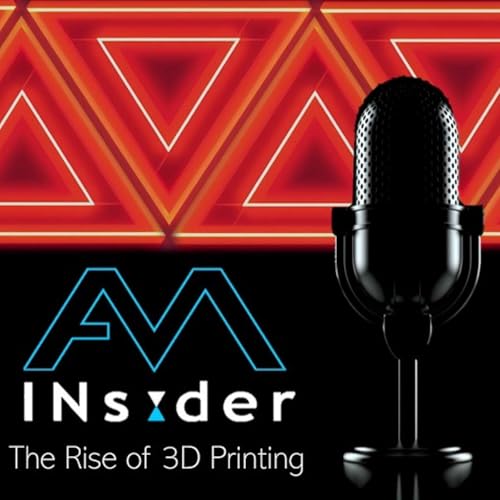
Product Positioning in Additive Manufacturing (The Heller Files)
カートのアイテムが多すぎます
カートに追加できませんでした。
ウィッシュリストに追加できませんでした。
ほしい物リストの削除に失敗しました。
ポッドキャストのフォローに失敗しました
ポッドキャストのフォロー解除に失敗しました
-
ナレーター:
-
著者:
このコンテンツについて
Send us a text
This episode explores the evolving art and science of product positioning in the additive manufacturing (AM) industry, highlighting how companies have adapted their strategies over time to educate markets, differentiate offerings, and manage internal dynamics.
From Rivalry to Relationships
In the 1990s, the AM industry was a battleground of a few fierce competitors. Newcomers often overpromised due to inexperience, and the market felt like a zero-sum game. Fast forward to today, and the tone has shifted—collaboration and cross-company friendships are more common, reflecting a maturing industry with broader market opportunities.
The Challenge of Differentiation
Early AM companies struggled to clearly define their products. Without established terminology, they often created their own language to distinguish between offerings—like “printing a model” vs. “producing a part.” This was especially important to avoid cannibalizing higher-end products with lower-cost alternatives.
Educating the Market
A recurring theme is the critical role of education. From the earliest days of AM, sales teams had to act as both technical and business consultants. Even now, many potential buyers are unaware of AM’s full capabilities. Successful product managers must anticipate buyer needs, guide discovery, and use strategic language to spark interest—even before the buyer knows they have a problem.
Internal Alignment and Friction
Positioning isn’t just external—it affects internal dynamics too. As companies expand product lines, internal competition, politics, and sales channel conflicts can arise. Managing these tensions requires clear communication, thoughtful product segmentation, and alignment across teams to ensure a unified go-to-market strategy.


